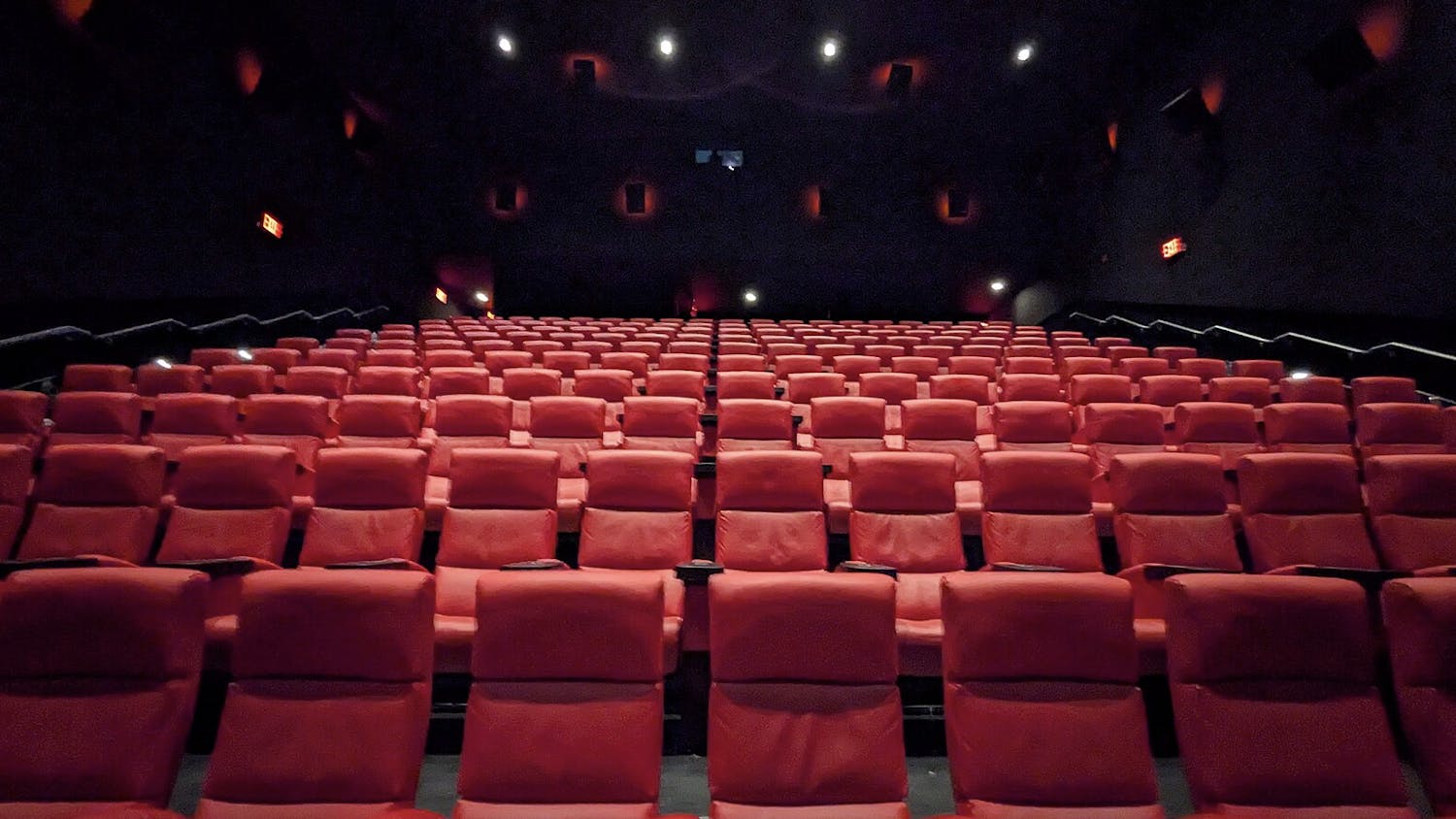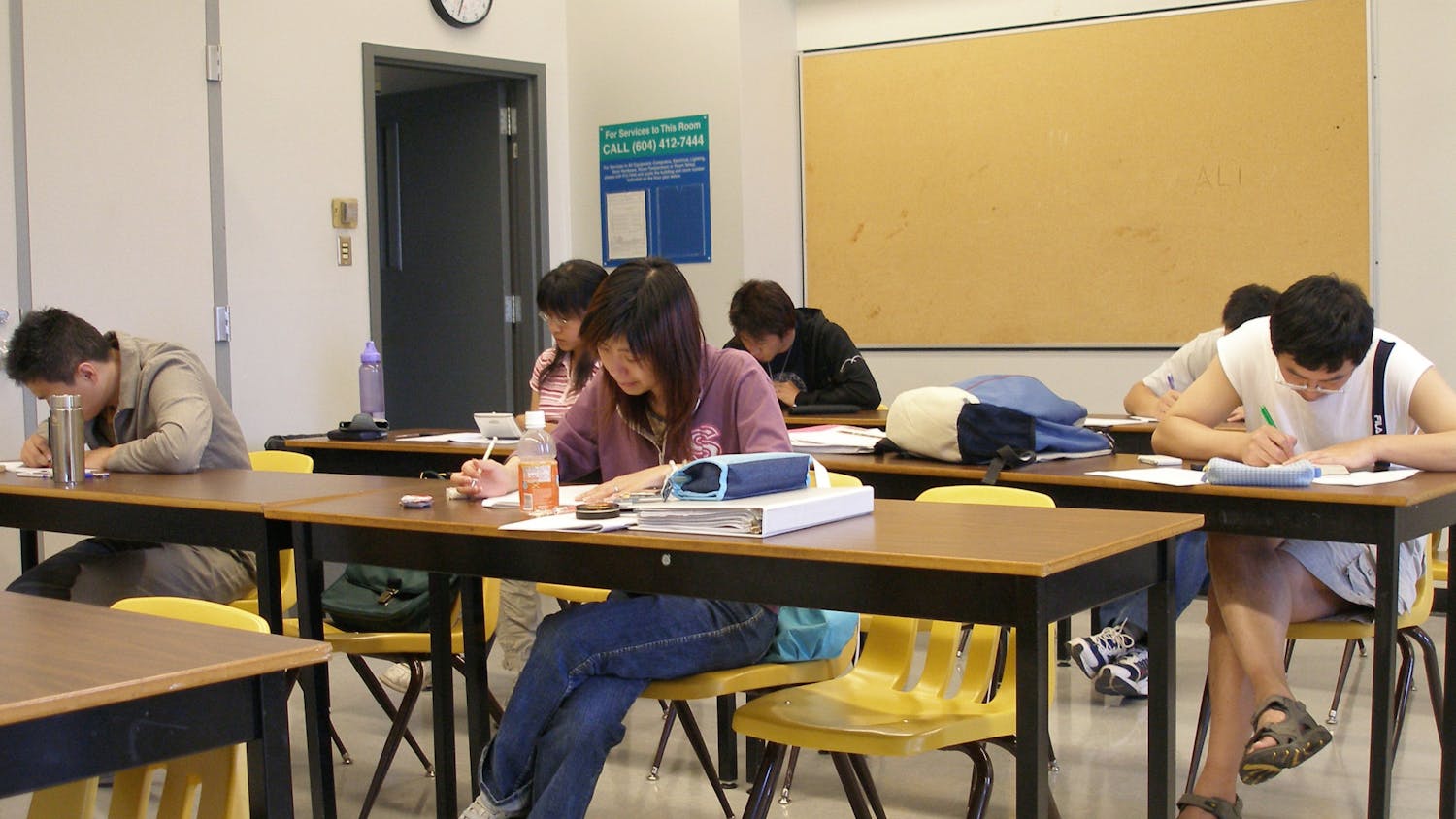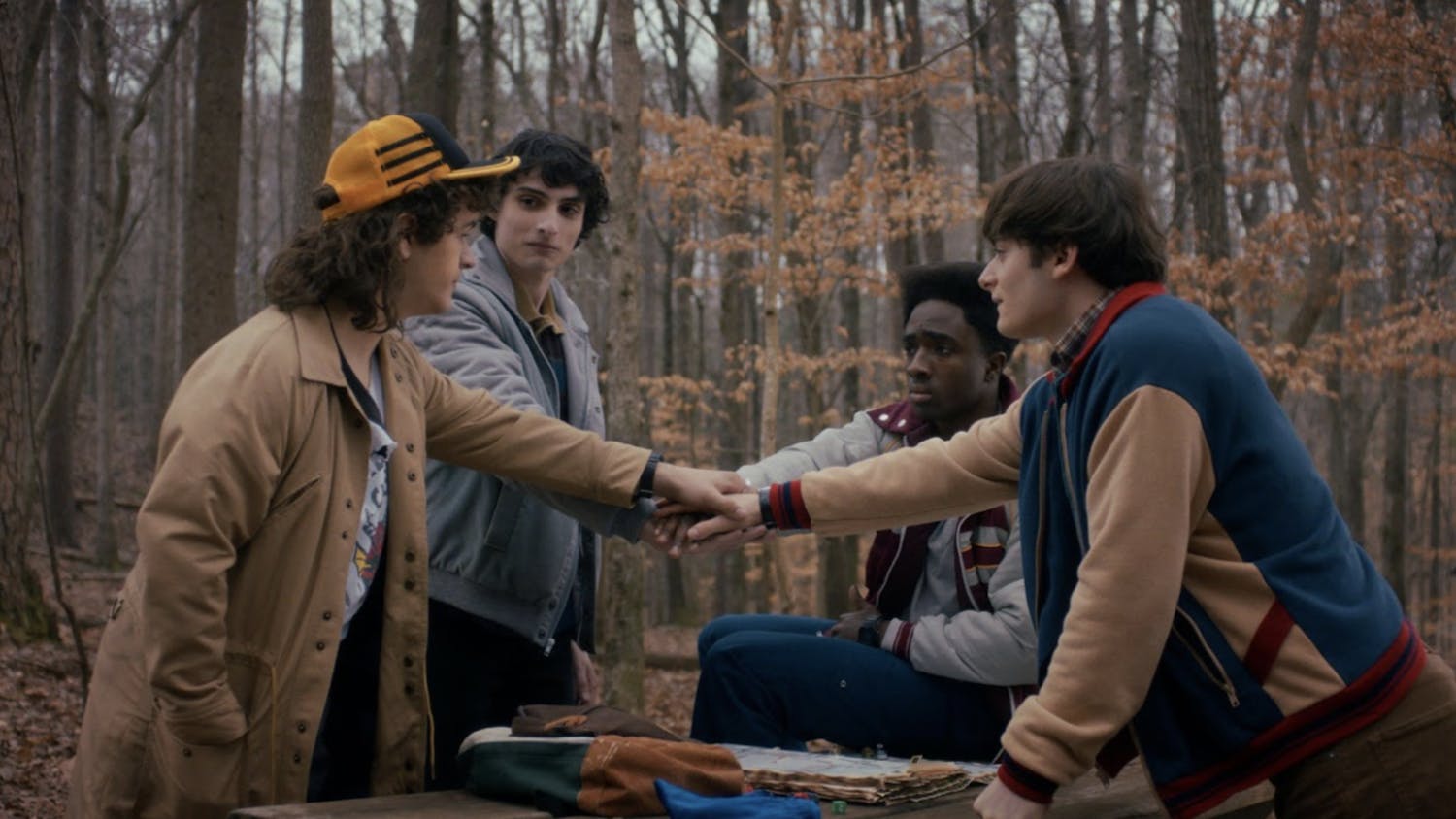By Daniel Inwood
“To learn” is a broad term — we can learn in a classroom, at a job or an internship, or from a friend. It is meant to challenge our thinking and make us smarter, but throughout many cultures and societies, learning has gone from a process to a formula. At a young age, children are taught that achieving in a classroom means absorbing information, practicing a concept meticulously and getting an A. But that is not learning.

Earning high grades is not just highly rewarding — it can prove excellence to colleges or employers, it can merit scholarship and it reflects dedication to academia. Driving for academic success can be healthy, but society has forced us to believe that the ultimate test of intelligence is perfect grades.
Students’ assumptions of achievement polarize their perceptions of a “smart” or “dumb” person, which is damning and toxic. An academic culture that is hyperfocused on grades discourages learning and rejects those who are not natural achievers.
As students, we should be enforcing collaboration, not competition. In one group problem-based learning study, psychologists concluded that this learning style, which allows students to learn through making their own discoveries, has promising results for long-term learning retention. When participants worked together for extended periods of time, their scores on multiple-choice and true/false testing increased. Problem-Based Learning (PBL) concentrates on giving students real-world problems with the goal of finding a way to discover a resolution.
Issues are better solved in small, self-directed groups. Learning is a journey and should not be banal — instead, it should be a fun and collaborative process. Group-based learning allows learners to be more critical of the ideas of those in the group and their own. In doing so, the group can find the most creative solution.
Every classroom across the country should explore more creative learning styles. The Creative Problem Solving (CPS) Model is a process in which students identify a challenge, generate ideas, develop them thoroughly and implement them. This sort of ‘hands-on’ learning encourages learning as a process, which is missing from many classrooms.
An example of the CPS Model in a classroom setting could be a student learning about the American Civil War. Perhaps instead of giving a lecture on The Battle of Gettysburg, a teacher could create an activity in which their students are presented an argument as to why both the Union and Confederacy joined the war. Then, the students can formulate arguments or ideas as to why they believe their side was right in fighting in the war, or they could express whether they believe the war was necessary. This allows students to think beyond simple facts and form opinions of their own.
As students, we have a responsibility not only to be motivated, mindful and meticulous in all that we do, but also to employ a bit of curiosity. The world is complicated, and we can only find solutions to rigorous problems with intentionality and care. We cannot solve the world’s problems by getting a 4.0. We can do it by focusing on goals that matter.






